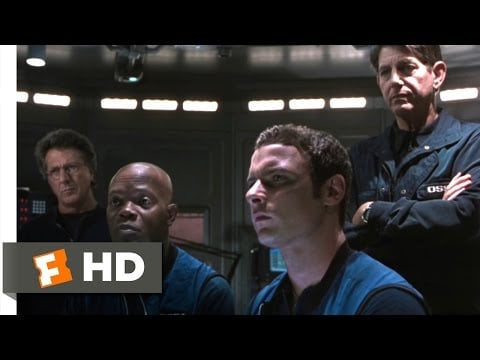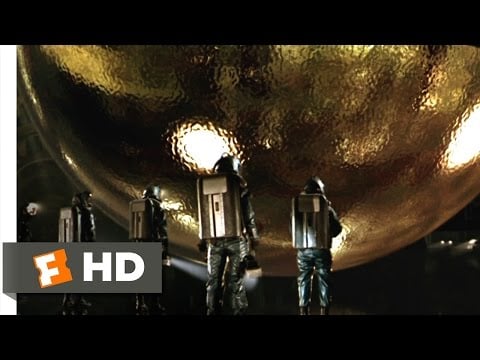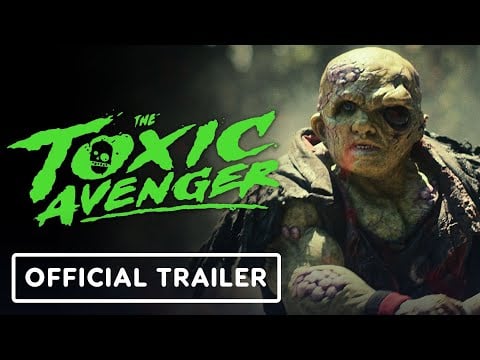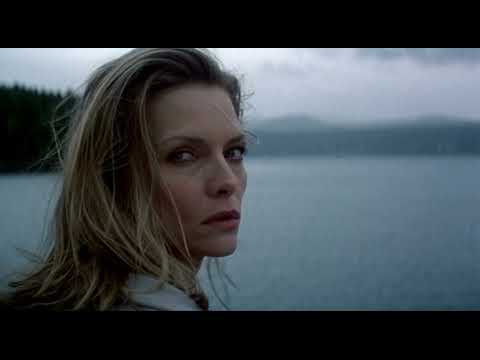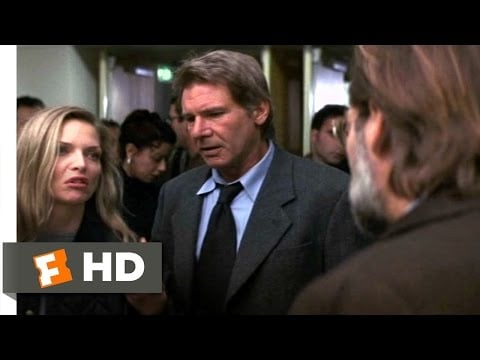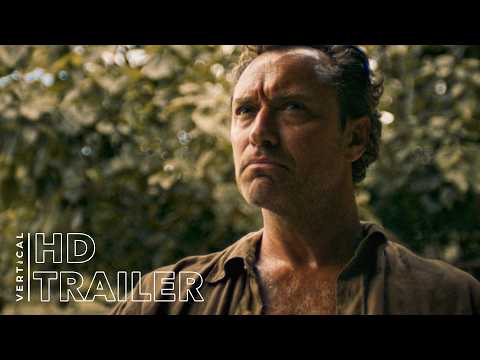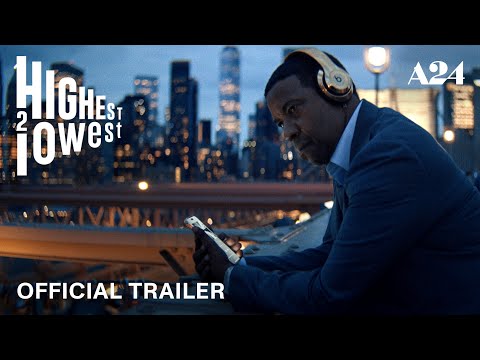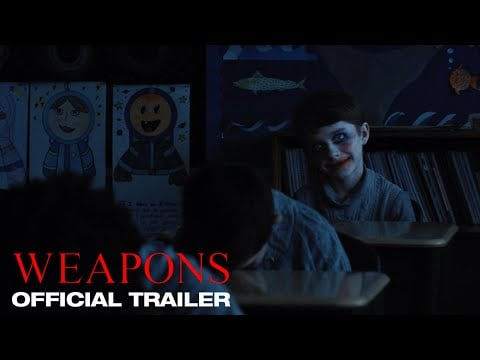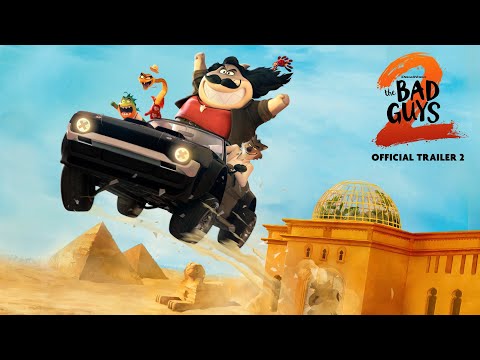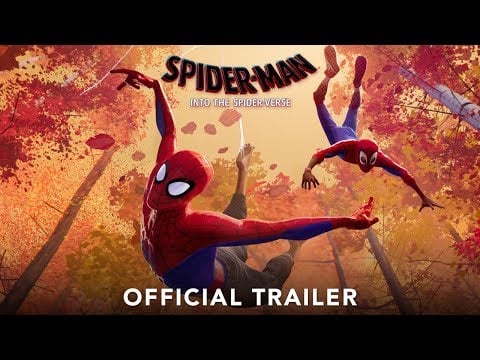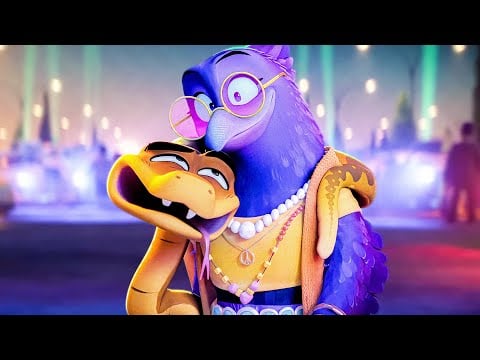There’s a cottage industry of Bigfoot films just waiting for us on Tubi.
Low budgets. Furry, oversized creatures. Wacky titles (“Bigfoot or Bust” may take the cake). It’s pure genre filmmaking, and no judgment here. “The Sasqualogist” is radically different.
Writer/director Joseph Granda’s wise and witty look at an obsessed “squatcher” may have a similar budget, but its ambitions and artistry make all the difference.
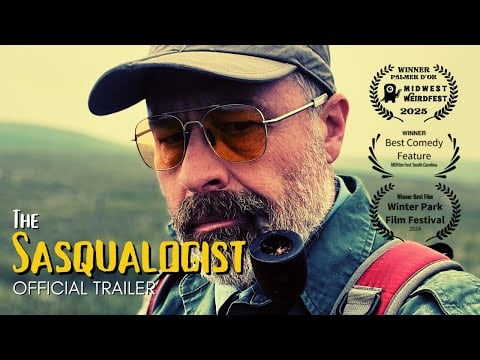
Granda stars as a former professor who spends his days searching for proof of Bigfoot’s existence. The opening sequence suggests he’s done just that, allowing Granda to establish his character’s quirks with sly efficiency.
“I don’t hate people. I just feel better when they’re not around,” he explains.
He chased his girlfriend away and made friends with locals who share his passion. He’s also gained the attention of a local teen (Brandon Swartz) who is fixated on the sasqualogist’s quest.
The two end up searching for the big, hairy beast, but what they find along the way proves more meaningful than any oversized footprint.
“The Sasqualogist” isn’t a traditional comedy, but the screenplay brims with gentle humor along with outright guffaws. Granda’s cranky timing proves perfect, as does his choice of comic foils. Yes, you can tell a Bigfoot story and include a ventriloquist’s dummy.
An extended sequence where the Sasqualogist takes tourists on a Bigfoot “expedition” is funnier than most mainstream comedies.
Our antihero is hard to warm up to at first, but Granda imbues him with a sadness that leavens his misanthropy. He’s happiest when he’s alone yet hungry for human connection.
He gets the latter with Swartz’s character, a curious figure who looms large over the film.
Meet America’s top Bigfoot hunter – https://t.co/606fmdh0d9 #GoogleAlerts
— The Sasqualogist Movie 2025 (@TheSasqualogist) June 9, 2025
It’s best not to share too much about our antihero’s journey. Pleasures abound in the loping story twists, some of which dip into the supernatural.
Or do they?
Just know the screenplay teems with Bigfoot lore, sprinkled across the woods like so much bear scat. True? False? A smattering of each or just plain unknowable? No matter, since the details lend the film a richness that grounds the story.
Production values are remarkably strong despite the microbudget, from winning cinematography to solid supporting turns when they matter most. Even the original songs outkick the budget’s coverage.
Granda is in every scene, driving the story until its satisfying coda. It’s the kind of performance that shoves vanity to the side, revealing an original soul worth our attention.
The third act takes some creative risks, some of which fail to live up to the rest of the story. It’s still a brisk, original spin on Bigfoot lore that takes the subject seriously. It also offers an empathetic look at what makes this community tick.
Here’s betting that gets left off-screen in “Bigfoot or Bust.”
NOTES: “The Sasqualogist” is set for a Fall 2025 release. For transparency’s sake, the filmmaker is a friend of this critic.
HiT or Miss: “The Sasqualogist” proves even a genre-friendly subject like Bigfoot can spawn something meaningful without insulting the Bigfoot community or audiences.
The post Is ‘The Sasqualogist’ the Ultimate Bigfoot Film? appeared first on Hollywood in Toto.
from Movies - Hollywood in Toto https://ift.tt/gOVHok0


